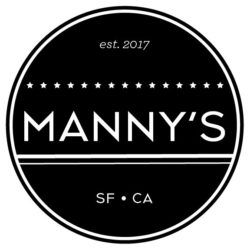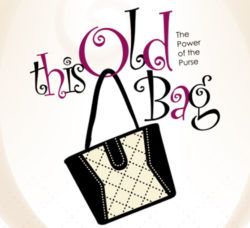ReDzONE: A Choreopoem and Transmutation Ritual
K*STAR*PRODUCTIONS
in association with Dimensions Dance Theater presents
ReDzONE: A Choreopoem and Transmutation Ritual
by the Kendra Kimbrough Dance Ensemble and Jennifer Johns
Two Performances Only: November 16, & 17
Compelling and timely work created around stories of women who have been sexually assaulted “moving and intense” — Johanna Harris
Choreography: Kendra Barnes
Music & Poetry: Jennifer Johns
KKDE Dancers Lydia Clinton, Jhia Louise Jackson, Linda Steele II
6 November 2019 – Oakland, CA: Transmutation is defined as “the action of changing or the state of being changed into another form” or “the conversion or transformation of one species into another.” Over two transformative performances ripped from the headlines and the #MeToo Movement – November 16 & 17 – the acclaimed dancer and choreographer Kendra Barnes returns to the stage in collaboration with singer and writer Jennifer Johns, to share ReDzONE: A Choreopoem and Transmutation Ritual at the Malonga Casquelourd Center for the Arts (1428 Alice Street, Oakland). ReDzONE features dancers Lydia Clinton, Jhia Louise Jackson and Linda Steele II.
“ReDzONE is a work created around the stories of women who have been sexually assaulted,” says Barnes, known for her evocative and politically charged performances and dance creations. “This piece is a healing mechanism for all involved and explores various healing rituals for survivors of sexual violence.”
Framed by selected poems and music by producer, lyricist and vocalist Johns, ReDzONE lends further artistic voice to an epidemic that affects a third of women across the world.
“What is powerful about the way we are approaching this issue of sexual violence against women in ReDzONE is our desire to transmute trauma into freedom. True healing is a process, not a destination. We are committed to honoring the journey of healing through movement, song, sisterhood, and affirming joy together.
“While working on the creation of this piece we consulted with many women who had the all too common experience of being violated,” Barnes continues. What we saw was the power not only in telling the stories but also in finding ways to model and move beyond them.”
Currently in ongoing development, in its final form, ReDzONE will be an evening-length production that will tour to US cities.
“The structure is such that excerpts can be performed beyond the proscenium settings of theater and taken into the streets and quads of college campuses,” Barnes notes
KKDE’s artistic mission is to bridge diverse cultures and communities through thought-provoking performances that address the common human experiences of its audience. The Company represents a range of ages and body-types and incorporates a variety of dance styles to inform audiences about a variety of sociocultural issues. The choreography is largely influenced by Barnes’ existence as an African American woman, but also builds upon a wide array of dance genres, including fusing modern dance with movement from African, Brazilian, and North Indian cultures.
Performing socially conscious works like In The Meantime, a dance-drama about breast cancer prevention and awareness as well as ANGST: 3 AM an intimate look at anxiety in and among African American boys, during their self-identity formation, and how it affects the relationships within their families and the community (both in creative collaboration with Delina Patrice Brooks) validate that collective witnessing spawns healing catharsis.
ReDzONE: a transmutation ritual will have two performances: November 16 @ 7:30pm and Sunday, November 17 @ 3pm. All performances take place at the Malonga Casquelourd Center for the Arts, 1428 Alice Street in Oakland. Onsite parking is limited. Public Transportation / Ride Share is recommended. The closest BART is 12th Street Oakland. Tickets are available for purchase online at www.kkde.net or by calling (510) 560-5533: $10 – $50




